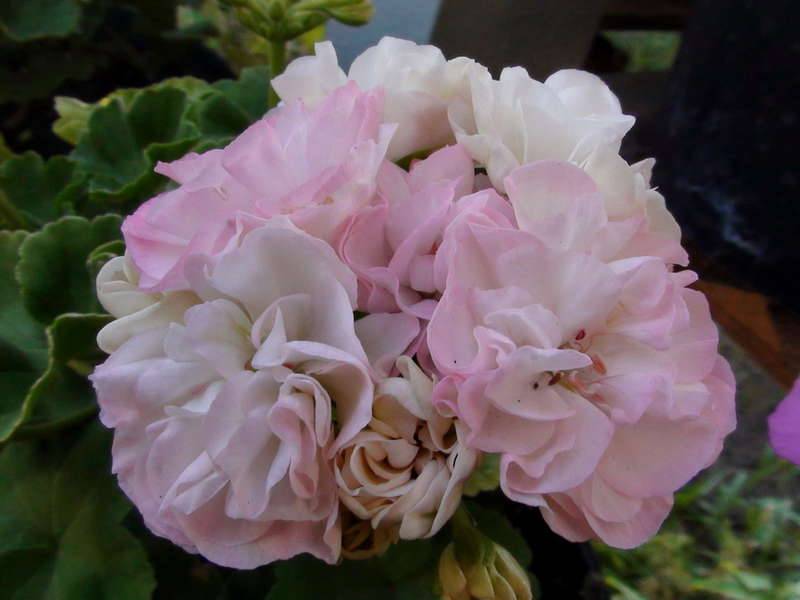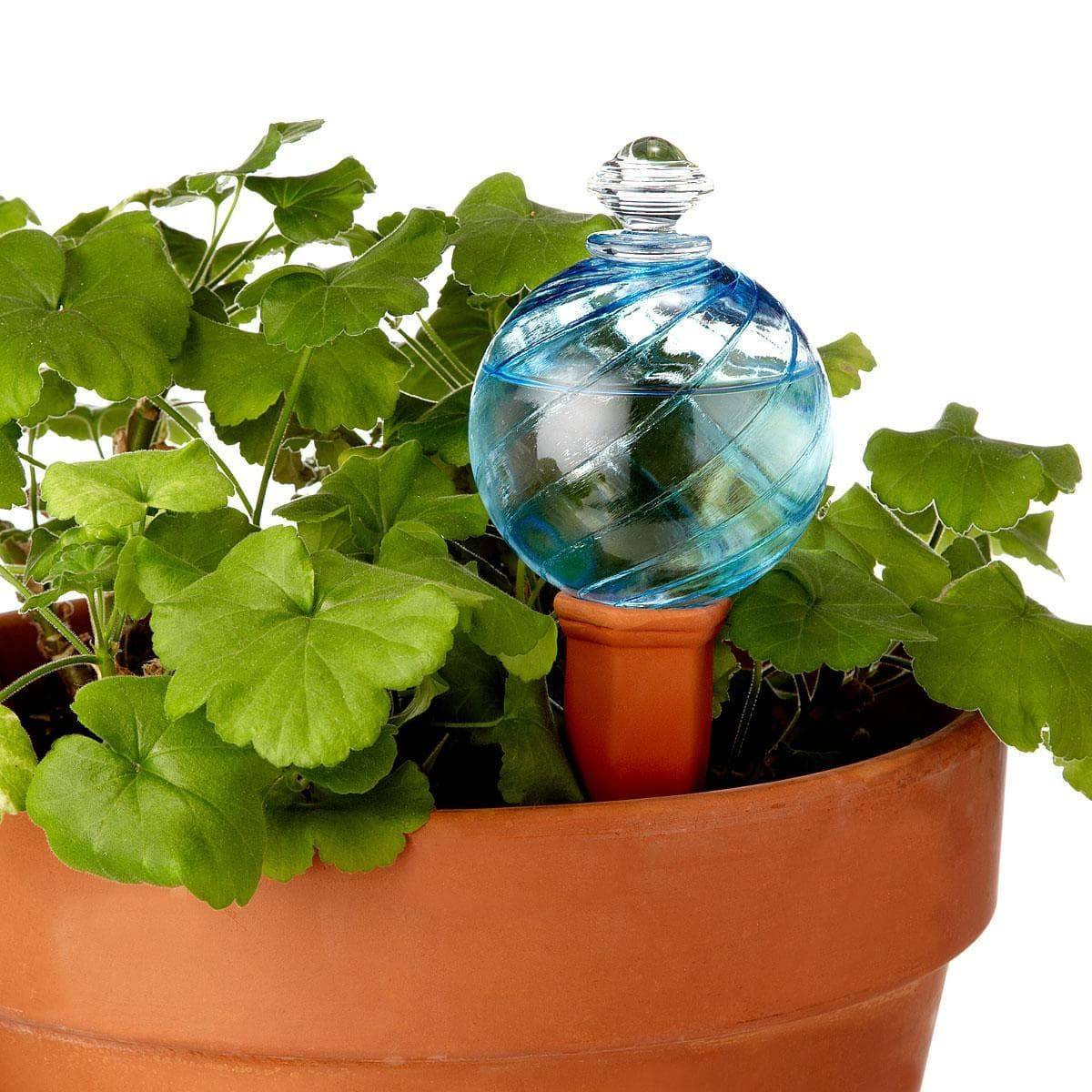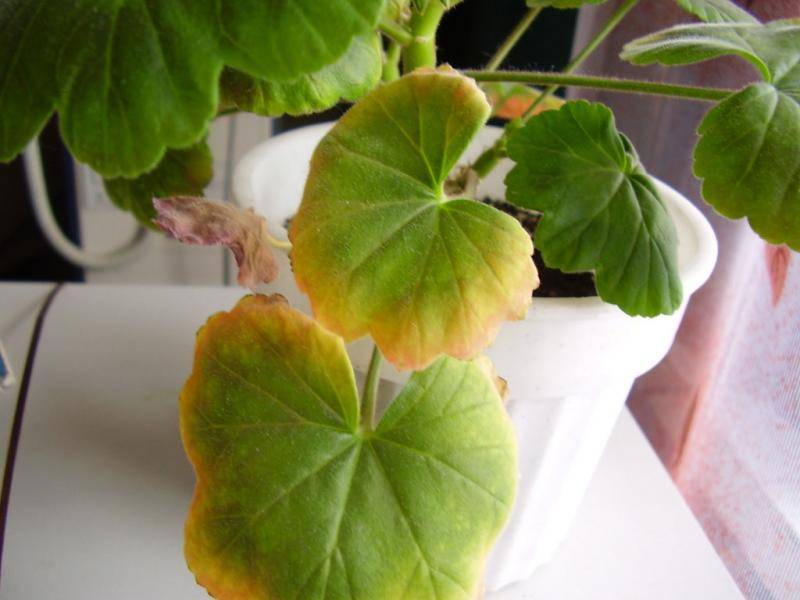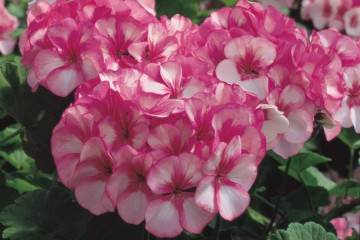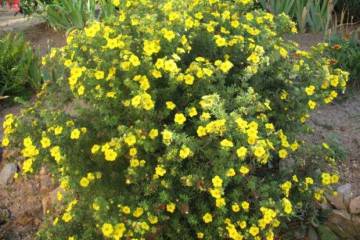Pelargonium Dovepoint - description, planting and care
Content:
Dovepoint Pelargonium is a popular crop that is easy to care for. The flower is grown exclusively at home. It can be a wonderful decoration for a balcony, park, window sill.
Description of the Dovepoint pelargonium variety and its characteristics
The flower belongs to the Geraniev family. It includes more than 400 varieties of plants. The culture is characterized by very dense inflorescences. Geranium has gorgeous lush flowers that can change their color from white to light pink. The bushes are compact in size.
History of origin
The plant gets its name from its resemblance to a crane's beak. The culture owes its origin to India and South Africa. It was from these places that the flower came to Europe. In Russia, culture became popular in the 19th century. Flowers were often grown for park decoration.
Pelargonium Dovepoint is a zoned plant. The culture is very popular with flower growers. It has a beautiful flowering and undemanding care.
Features of the variety
In the description of Dovepoint pelargonium, it is said that the plant is characterized by compact bushes and lush inflorescences. The petals can be white or pink. They form voluminous double flowers. The bushes are decorated with green leaves, which are distinguished by the correct rounded shape.
The flowering culture continues in spring and summer. With adequate Powerpoint maintenance, Pelargonium can flower for 6 months. If you provide additional lighting for the flower in autumn and winter, its flowering will last.
Winter hardiness
Indoor crops easily tolerate winter. At the same time, it is recommended to reduce the number of waterings and the frequency of use of fertilizers.
Planting and further care
The bushes can be propagated by cuttings or the seed method. To achieve excellent flowering and full development of the culture, it is important to choose the right place for planting. Taking care of the Pelargonium flower is also important.
Site selection and preparation
The culture needs enough lighting. With a lack of light, there is a risk of deterioration in the development of the bushes. In this case, flowering becomes less abundant.
How to plant
When planted with seeds, you can pick them yourself or buy them from a store. The grains are characterized by a rather dense shell, so before planting it should be rubbed with sandpaper. In order for the sprouts to hatch quickly, the seeds should be soaked.
It is recommended to plant cuttings immediately after pruning. In this case, it is necessary to remove the foliage from the shoots, and then place them in water. When the roots appear, the cuttings should be planted in the ground.
Watering and feeding
Pelargonium of this variety needs systematic, but dosed watering. Deficiency of moisture causes the culture to wither. Its leaves turn yellow and crumble. Excess fluid can provoke root rot.
It is necessary to fertilize the bushes in spring and summer. With the arrival of frost, a dormant period begins. At this time, the plant does not need feeding.
It should be borne in mind that you should not spray the bushes. During flowering, the culture does not require additional moisture. If moisture gets on the leaves, there is a risk of staining.
Pruning
To get a lush and beautiful crown, you need to prune in time. Dry peduncles should be removed immediately. The procedure is recommended after flowering. For this, a sharp pruner is used.
When pruning, shoots should be cut to one third of their length. This stimulates the development of the lateral processes.
Preparing for winter
The culture belongs to perennials. After the flowering period is over, it is worth cutting off the branches and preparing the bush for winter. For this, the flower pot should be placed in a cool room with a temperature of 10-15 ° C.
It is important to provide the plant with diffused lighting. The duration of daylight hours should be 12 hours. During rest, it is worth reducing the number of waterings and abandoning fertilization.
Reproduction
Pelargonium should be propagated by 2 methods - seeds or cuttings. The second method is considered more affordable and popular. To do this, in late February or early March, you need to cut a stalk from the bush. It must have 2 internodes. The shoot should be dried and placed in a nutritious substrate.
Diseases and pests: means of combating them
Pelargonium can be affected by diseases and parasites. With excessive watering, the leaves of the culture become covered with gray rot. In this case, the damaged fragments should be removed, and the bush itself should be moved to new soil.
If the temperature regime is not observed, there is a risk of reddening of the leaves. In this case, the affected fragments should be cut off, and the pot itself should be rearranged to a warmer place.
In dry climates, the plant can suffer from attacks by spider mites. If a white bloom appears on the leaves, a mealybug lesion can be suspected. Insecticidal preparations help to cope with parasites.
Pelargonium Dove Point is a wonderful ornamental plant that has lush inflorescences. The culture is undemanding to care and can be propagated by cuttings or seed. In order for the plant to bloom profusely, it must be properly watered and fed. Timely treatment of diseases and pest control are of great importance.
